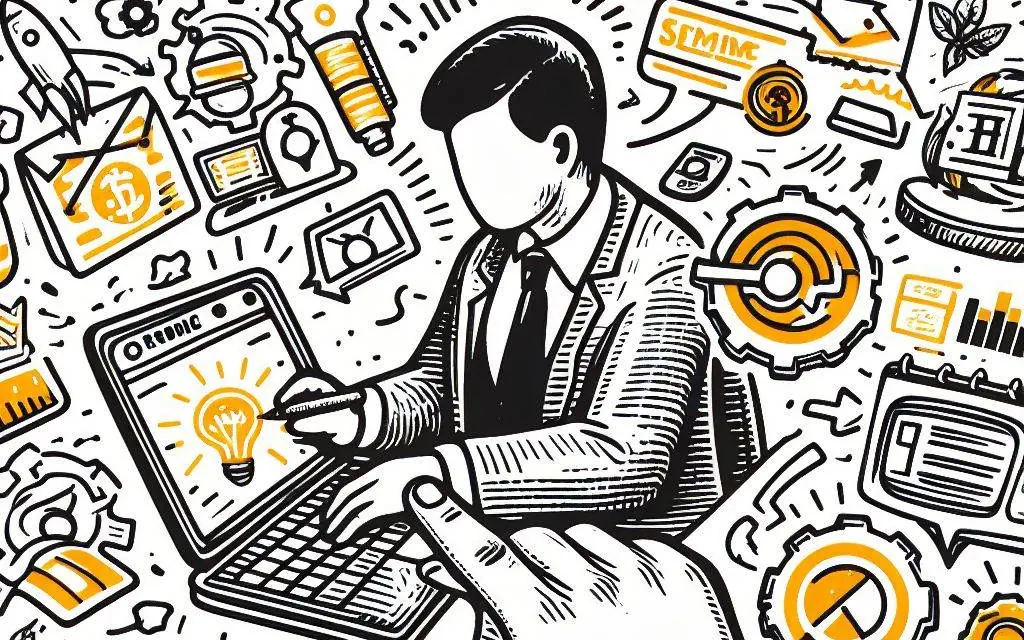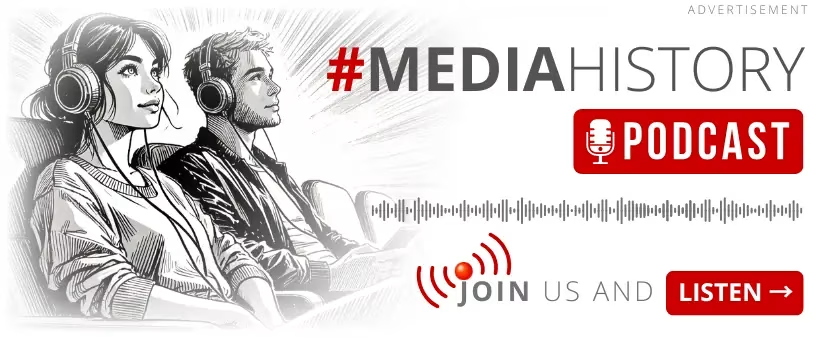 illustration: Bing AI
illustration: Bing AIPoles spend more and more time on the Internet. A report prepared by Nexera analysts shows that every adult user spends an average of 6 hours a day online. Compared to data from two years ago, this is an increase of 15%. Interestingly, young people aged 16–24 spend as much as 9 hours a day online. This intensity affects lifestyles, from interpersonal relationships to how knowledge is acquired.
Internet users value fast access to information. A full 85% of respondents indicate that the Internet is their primary source of knowledge and entertainment. Most respondents report using the Internet on at least three devices – a smartphone, a laptop, and a smart TV. The report also shows that people from smaller towns spend slightly less time online, often due to technical limitations.
- 6 hours – average daily Internet usage time.
- 9 hours – average for youth aged 16–24.
- 85% see the Internet as the main source of information.
Entertainment as a Priority
Digital entertainment attracts more Poles. The Nexera report indicates that 72% of Internet users regularly use streaming platforms like Netflix, Spotify, or Disney+. A 10% increase compared to last year shows that on-demand content is becoming the standard. Movies and series are the most popular choices, but podcasts and sports broadcasts are also gaining popularity.
A surprising trend is the growing number of online gamers. One in three Poles regularly plays games, most often on smartphones. Arcade and strategy games, as well as e-sports platforms like Twitch, are increasingly popular. Research shows that younger generations often treat gaming as a way to connect with friends.
| Type of Entertainment | Percentage of Users |
|---|---|
| Movies and Series | 72% |
| Online Games | 33% |
| Podcasts and Audiobooks | 25% |
E-Commerce: Digital Shopping Revolution
Online shopping is becoming increasingly important, as confirmed by the RegionyNEXERY report. Already 70% of Internet users shop online at least once a month. The most frequently purchased products are clothing, electronics, and groceries. Many people are turning to online grocery shopping thanks to the convenience of on-demand delivery.
International platforms like AliExpress and Amazon are gaining an increasing share of the Polish market. A full 25% of respondents report using these services to find lower prices or hard-to-find goods.
- 70% of Internet users shop online at least once a month.
- 40% shop online every week.
- 25% use international shopping platforms.
| Category | Percentage of Buyers |
|---|---|
| Clothing | 65% |
| Electronics | 45% |
| Groceries | 30% |
| Cosmetics | 25% |
Work and Education Online
The Internet is changing how we work and learn. The Nexera report shows that 55% of Poles use remote work, at least in a hybrid model. Most cases involve the IT, marketing, and education sectors. Remote work is also becoming popular in smaller towns, where new technologies level the playing field for job opportunities.
Digital education is gaining more recognition. A total of 45% of students use educational platforms like Moodle or Teams. Interviews with survey participants show that such tools allow learning to be tailored to individual needs.
- 55% of workers use the hybrid model.
- 70% cite flexibility as the main advantage of remote work.
- 45% of students use digital educational platforms.
Increased Use of AI and Digital Public Services
Artificial Intelligence (AI) is becoming increasingly significant in daily life. The RegionyNEXERY report shows that 30% of Poles regularly use AI solutions. These include voice assistants, content personalization apps, and data analysis tools. AI also supports companies in recruitment and marketing processes.
Digital public services have seen significant growth. A total of 60% of respondents use applications like mObywatel or e-prescriptions at least once a month. New features allow for submitting government forms without leaving home. This solution is particularly appreciated by older adults and residents of small towns, where traveling to government offices can be challenging.
- 30% use voice assistants like Alexa or Google Assistant.
- 60% regularly use e-prescriptions.
- 25% submit government forms online.
Technologies of the Future
The "Regiony NEXERY 2024" report also highlights the growing interest of Poles in new technologies. As many as 48% of respondents declare using IoT (Internet of Things) devices in 2024, such as smartwatches, smart home systems, or safety sensors. Compared to the previous year, this is an increase of 9%.
The study was conducted in September 2024 using the CAWI method (Computer Assisted Web Interview) on two survey samples (a total of 2,654 interviews). The full content can be read on https://regionynexery.pl/raport-2024/
COMMERCIAL BREAK
New articles in section Media industry
Journalism in the age of AI. Why people prefer humans over machines
Krzysztof Fiedorek
Only 12% of people accept news created solely by AI, while 62% prefer those written by humans. At the same time, only 19% notice labels indicating the use of artificial intelligence, while younger audiences ask AI to explain the content to them. These are the findings of the Reuters Institute report on artificial intelligence in media.
Why do we believe fakes? Science reveals the psychology of virals
KFi
Why do emotions grab more attention than evidence, and why can a fake authority overshadow scientific data? Researchers from Warsaw University of Technology, Jagiellonian University, and SWPS University in Poland sought the answers. Here are their findings.
Investigative journalism in Europe. Newsrooms face pressure
KFi, Newseria
Media and political representatives point to the difficult situation of investigative journalism in Europe. Newsrooms are reluctant to invest in this segment due to high costs and the large amount of time and effort required. Most of all, however, they fear legal proceedings.
See articles on a similar topic:
New Individual Mass Media (Mass Self Communication)
Grzegorz D. Stunża
In the latest issue of "Le Monde Diplomatique," there’s an article by Manuel Castells titled "Individual Mass Media." The author points out that media, once subjective and often party-affiliated (as with newspapers), only briefly moved away from one-sidedness when under various pressures.
Artificial Intelligence is ALREADY Outperforming Humans in Creativity
Krzysztof Fiedorek
ChatGPT, an AI model based on the GPT-4 engine, achieved better results than the vast majority of students in the standard Torrance Test of Creative Thinking (TTCT), which evaluates creativity. The study was conducted by researchers from the University of Montana.
Radio, Streaming, and Podcasts. Total Audio 2024 Report about Poland
Krzysztof Fiedorek
Audio content is a daily companion for Poles. According to the Total Audio 2024 study conducted by Adres:Media on behalf of the Radio Research Committee, as many as 90% of respondents listen to audio content at least once a week, and 80% do so daily. The average listening time is nearly five hours per day.
How the Media Talk (or Stay Silent) About Climate. Reuters Institute Report
Krzysztof Fiedorek
Although climate change is becoming increasingly noticeable worldwide, the media have failed to maintain growing interest in the topic. The report "Climate Change and News Audiences 2024" shows that audience engagement with climate topics has remained almost unchanged for several years.





























